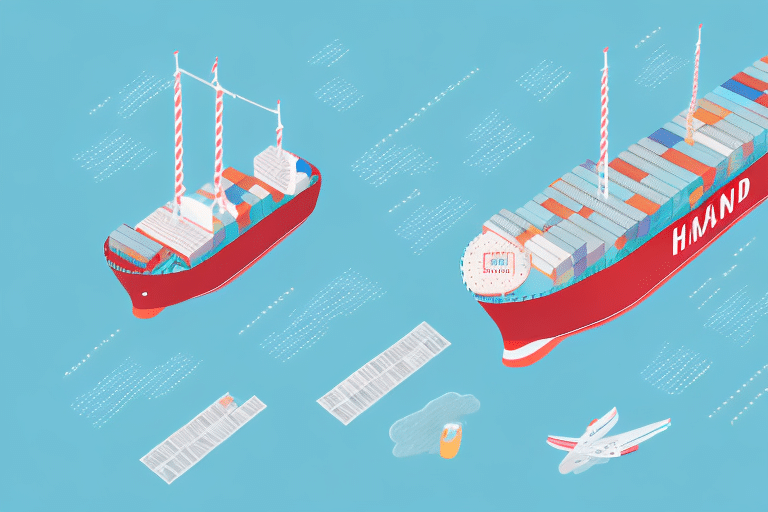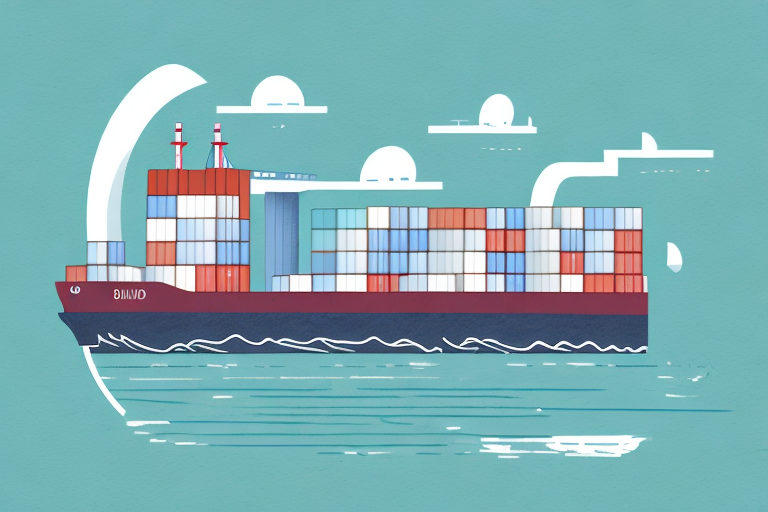Understanding Landed Cost
Landed cost is a fundamental concept for businesses involved in international trade. It represents the total expense incurred to bring a product from its origin to the final destination, encompassing not only the product's price but also all additional costs such as shipping, customs duties, taxes, insurance, and more.
Definition and Calculation
Calculating landed cost involves summing up various expenses. The basic formula is:
- Product Cost: The price of the product itself.
- Freight Fees: Costs associated with transporting the product from the supplier to the destination.
- Customs Duties: Taxes imposed by the destination country on imported goods.
- Insurance: Coverage for potential loss or damage during transit.
- Taxes: Additional local taxes applicable upon import.
- Other Expenses: Handling fees, storage fees, and any other miscellaneous charges.
The sum of all these components gives the landed cost, providing a comprehensive view of the total investment required to import a product.
Factors Influencing Landed Cost
- Exchange Rates: Fluctuations can affect the cost of goods purchased in foreign currencies.
- Mode of Transportation: Air freight is generally faster but more expensive than sea freight.
- Tariff Rates: Vary based on product type and country of origin.
- Volume and Weight: Heavier and bulkier shipments may incur higher shipping costs.
- Regulatory Compliance: Costs related to meeting the destination country's import regulations.
Importance of Landed Cost in International Trade
Understanding landed cost is crucial for businesses engaged in international trade as it directly impacts pricing, profitability, and competitiveness in the global market.
Pricing and Profitability
Accurate calculation of landed cost ensures that all expenses are accounted for when pricing products. This helps in setting prices that cover costs and achieve desired profit margins. According to a source by Investopedia, overlooking any component of landed cost can lead to reduced profitability.
Risk Management
Understanding the landed cost helps businesses anticipate and manage financial risks associated with currency fluctuations, changes in tariffs, and unexpected expenses during transit. Effective landed cost management can safeguard against potential losses and ensure financial stability.
Calculating Landed Cost
Calculating landed cost involves several steps to ensure all expenses are captured accurately. Here's a step-by-step guide:
- Determine the Product Cost: Start with the base price of the product from the supplier.
- Add Shipping Fees: Include all costs related to transporting the goods to the destination.
- Include Customs Duties: Calculate the tariffs imposed by the destination country.
- Include Insurance Costs: Factor in insurance premiums for the shipment.
- Add Taxes: Incorporate any local taxes applicable upon import.
- Include Handling and Storage Fees: Account for costs related to handling, warehousing, and storage.
- Sum All Expenses: Add up all the above components to arrive at the total landed cost.
Accurately calculating landed cost enables businesses to set competitive prices, optimize margins, and ensure profitability.
Common Challenges
- Exchange Rate Volatility: Fluctuating currency rates can make cost predictions unreliable.
- Regulatory Changes: Unexpected changes in import/export regulations can introduce new costs.
- Hidden Fees: Unforeseen charges like demurrage or inspection fees can inflate landed costs.
- Complex Supply Chains: Multiple intermediaries can lead to increased and harder-to-track costs.
Being aware of these challenges allows businesses to take proactive measures to mitigate their impact on landed cost calculations.
Strategies to Reduce Landed Cost
Implementing effective strategies can significantly lower the landed cost, enhancing profitability and competitiveness.
Optimize Freight Costs
Negotiating better rates with carriers, consolidating shipments, and choosing cost-effective shipping methods can reduce freight expenses.
Tax and Duty Management
Proper classification of goods and utilizing free trade agreements can minimize customs duties and taxes. For instance, referencing the United States Trade Agreements can provide insights into applicable benefits.
Efficient Inventory Management
Accurate demand forecasting and inventory control can prevent overstocking and reduce storage fees. Utilizing inventory management software can aid in maintaining optimal stock levels.
Utilize Third-Party Logistics Providers (3PL)
Third-party logistics providers can offer economies of scale, negotiated shipping rates, and expertise in customs clearance, thereby lowering overall landed costs. Learn more about 3PL benefits from Forbes.
Impact of Exchange Rates on Landed Cost
Exchange rate fluctuations can significantly alter the landed cost. A stronger home currency can reduce the cost of imported goods, while a weaker currency can increase expenses. According to data from the International Monetary Fund, currency volatility is a key consideration for importers.
Businesses can mitigate exchange rate risks by using hedging strategies, such as forward contracts or options, to lock in favorable rates and stabilize landed cost calculations.
Differences Between Landed Cost and Product Cost
While product cost refers to the base price of the item purchased from the supplier, landed cost encompasses all additional expenses required to deliver the product to its final destination. Understanding the distinction is essential for accurate pricing and profitability analysis.
- Product Cost: Base price from the supplier.
- Landed Cost: Product cost plus shipping, duties, taxes, insurance, and other fees.
For comprehensive pricing strategies, businesses must consider landed cost to ensure all expenses are covered and profit margins are maintained.
Best Practices for Managing and Optimizing Landed Costs
Effective management of landed costs requires a strategic approach. Here are some best practices:
- Implement Automation Tools: Utilize software solutions to automate landed cost calculations and monitor expenses in real-time.
- Partner with Experienced Logistics Providers: Collaborate with providers who understand international shipping and can offer cost-saving solutions.
- Regularly Review Cost Components: Periodically analyze each component of landed cost to identify areas for improvement.
- Stay Updated on Regulations: Keep abreast of changes in trade regulations and tariffs to anticipate their impact on landed cost.
Adopting these practices can lead to more accurate cost predictions, reduced expenses, and improved profitability.
Conclusion: Why Landed Cost is Crucial for Your Business Success
Landed cost is a pivotal factor in international trade, influencing pricing strategies, profitability, and competitive positioning. By thoroughly understanding and effectively managing landed costs, businesses can make informed decisions, mitigate financial risks, and enhance their overall success in the global marketplace.




















